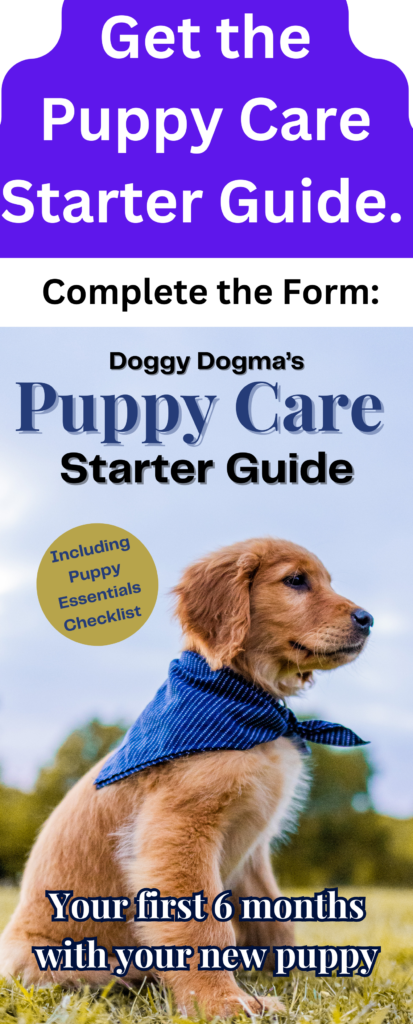I said in my last post that I wanted to discuss biting – this is the number one complaint of puppy owners. There is a good reason – those teeth are sharp and they don’t know how to use them – yet!
Most people concentrate on not letting teeth contact their skin at all – and while avoidance may have it’s benefits the one thing that it doesn’t do is teach your dog how to bite people. – Hold it, did I really just say that we had to teach our dog how to bite people??? Yes I did, but it isn’t what you think.
Bite Inhibition is an important part of puppy socialisation – and an essential part of raising a dog that does no damage to people as a grown up.
We have all seen puppies playing with one another, and heard the occasional yelp that can come with this rough looking play. That yelp is an important part of dogs communication when young – it simply says “hey – that was too hard!”. The offending puppy then either loosenes their grip or lets go altogether.
We need to let our puppies the same rule applies for people to. So we have a 4 phase plan of attack for puppy bitingbiting:
1. Try the “yelp” method – this must be high pitched and short most of the time – you can try to extend the yelp if the dog isn’t easing up.
However, for some puppies the Yelp will actually egg them on – and this is rewarding to the dog – they may bite harder and get more excited (think of your yelp being more like a squeaky toy at this stage)
2. If the Yelp method is not working, we move on to ignoring the dog – and walking away. Dogs do this to puppies all the time – if a puppy is getting to much for them – their first port of call is to move away from the puppy, they do not provide ritualised warning signals (baring teeth or growling) unless the adult dog is not well socialised or is intolerant of puppies. So this means if you are on the couch in the lounge room you need to get up and move away from the puppy. Go in another room for up to 30 second and then come back to play with a toy that your dog enjoys – any skin contact during the game sees you drop the toy and leave the room again.
3. use a crate/pen and put the puppy in “time out” to help calm him down – puppies get excited at the most inconvenient times, if he is being to excited and this is leading to hard and persistent biting, remove your frustration by putting him in a safe and comfortable area, with a Kong with cream cheese in it to lick out – and take the time to relax yourself. Once you have both calmed down then later you can come back to playing. Remember “time out” isn’t really a punishment – no dog is going to sit their and think about what they have done, like we expect a child to do – it is an opportunity for a break and to stop the behaviour from being repeated and escalating – and for people to reassess if need be.
4. Finally and in conjunction with the above we teach and exercise called touch and we use a marker called a clicker to teach a dog that they are doing the right thing if he does not bite hands or fingers as we are gradually making them more tempting to his puppy ways (wiggling fingers, etc). Here is an example of step 4 from a trainer called Emily Laltham http://www.youtube.com/watch?v=c77–cCHPyU

